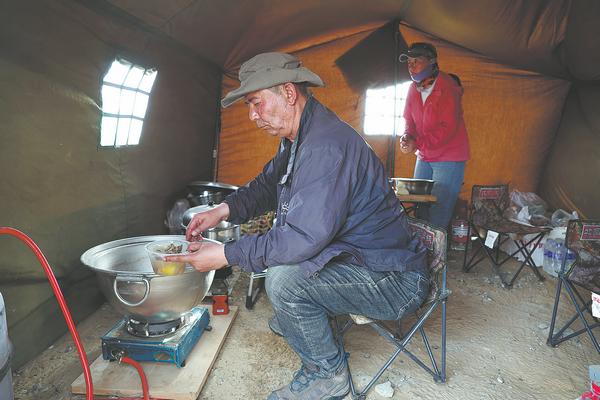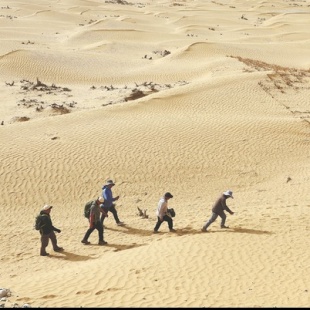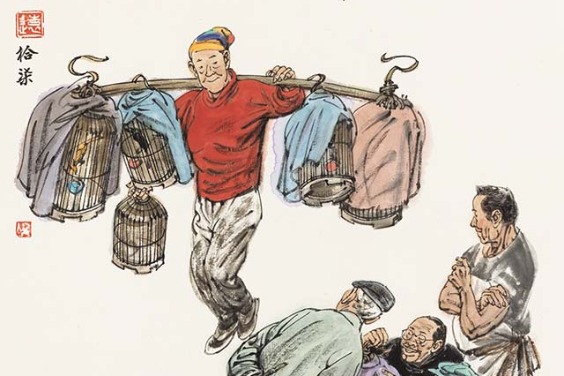Decoding the sands of time


Careful planning
Matyvsup Emirhazi, a 31-year-old team member and a researcher at Hotan Museum, says they have to make careful plans for each day in the desert, follow the plans strictly, and carry supplies for several extra days beyond their initial estimates to deal with unexpected situations.
In a desert where footprints are easily left, they have paid close attention to not leaving traces in their photos to ensure the effect. "We usually take the panoramic photo at first, without entering the site. After that we set foot on the sites to measure and take photos of details," says Matyvsup.
They are especially careful with the ecological protection in the desert by burning the garbage and taking away those items that cannot be incinerated, ensuring human garbage does not pollute the environment.
At the end of every day's work, they report the all-clear with satellite phones to cultural heritage authorities, providing reassurance.
Team member Matkasim Tumir, 57, says they often have to save water, a scarce commodity.
"With limited loading capacity, we have to take a lot of supplies. For example, driving 1 kilometer requires 1 liter of gasoline, so we need to carry a lot. We also need to load daily necessities like tents, desks, chairs and pans. Therefore, there is not much room for water. We each are allocated two bottles of drinking water one day, and 10 pieces of disposable wet tissues every two days for cleaning," he says.
Sometimes camels join to help carry goods and materials. "In the past when we didn't have SUV, camels played a major role helping us carry goods. Now I still believe they are the best partners in the desert, because vehicles can break down or struggle with sand dunes, but camels' adeptness at traversing the desert is unmatched," says Matkasim, who is richly experienced in desert archaeology.
But the animals are not always reliable, since they can be unpredictable.
For example, during their visit to Yuansha site, an ancient city from the Warring States Period (475-221 BC) to the Han Dynasty (206 BC-AD 220), now in the heartland of the Taklamakan Desert, the team encountered a series of unexpected challenges in March. Two of their camels suddenly bolted, one of the vehicles malfunctioned and was unable to tackle dunes and to round it off, a sandstorm hit the team.
Faced with these circumstances, team members had to solve the problems one by one. Camel handlers went to pursue the runaway animals and team members leveled the sand dunes to facilitate the vehicle's passage.
The team members still had to complete their census tasks, and walked to many of the sites when their vehicles went back to transport supplies the camels left. They seized every minute to work, as they could not take the risk of staying too long in the desert with their limited supplies of only 15 days. Finally, they spent 14 days completing the work, and took a census of all the 79 small sites covered in Yuansha ruins spreading over an area nearly 100 kilometers long.





































